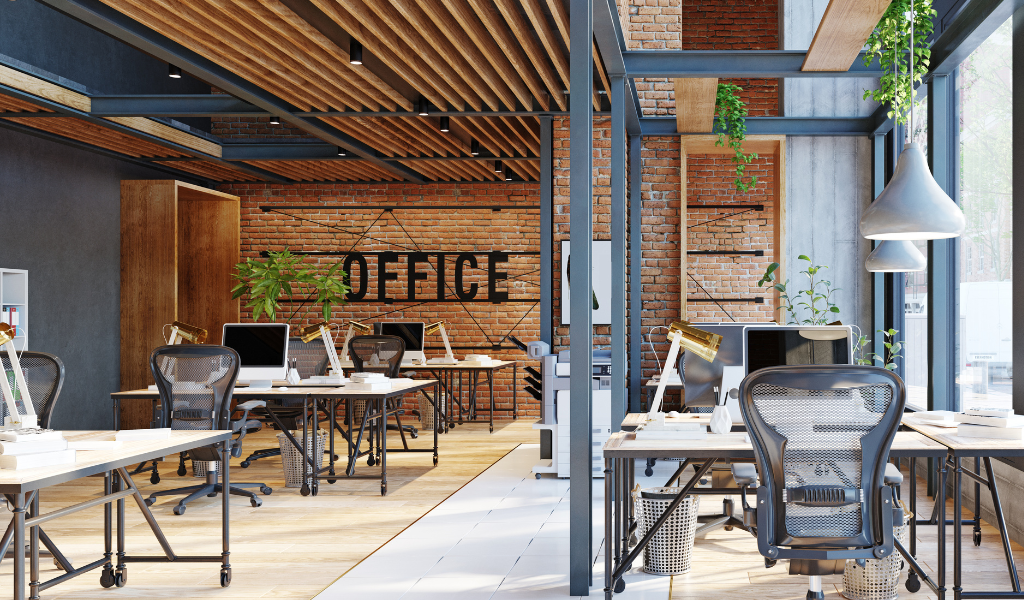The way we work has undergone a dramatic transformation in recent years. Gone are the days when employees were confined to cubicles in corporate high-rises. Today, flexible workspaces—such as coworking spaces, hybrid offices, and remote work hubs—are redefining productivity, collaboration, and work-life balance.
The Shift Away from Traditional Offices
The Shift Away from Traditional Offices
For decades, the 9-to-5 office model dominated the professional world. However, several factors have disrupted this structure:
- Technology advancements (cloud computing, video conferencing, and collaboration tools).
- Changing employee expectations (demand for flexibility and work-life integration).
- Economic shifts (rising real estate costs and the gig economy).
These changes have led businesses and individuals to seek alternative workspaces that offer agility, cost-efficiency, and community.

The Rise of Flexible Workspaces
Flexible workspaces come in many forms, including:
- Coworking Spaces
- Shared work environments where freelancers, startups, and remote workers collaborate.
- Examples: WeWork, Spaces, and independent hubs like Gaia Workspace.
- Benefits: Networking opportunities, cost savings, and flexible memberships.
- Hybrid Work Models
- Companies blend remote work with in-office days.
- Employees use hot desks or bookable workspaces instead of assigned seating.
- Benefits: Increased productivity, reduced overhead, and happier employees.
- Remote Work Hubs
- Satellite offices in suburban or rural areas to support distributed teams.
- Benefits: Less commuting, access to local talent, and better work-life balance.
Key Advantages of Modern Workspace
Why are flexible workspaces becoming the new norm?
✔ Cost Efficiency – No long-term leases; pay only for the space you need.
✔ Community & Networking – Connect with professionals across industries.
✔ Work-Life Balance – Choose when and where you work.
✔ Sustainability – Shared resources reduce environmental impact.
Challenges & Considerations
While flexible workspaces offer many benefits, they also come with challenges:
- Noise and distractions in open layouts.
- Limited privacy for confidential tasks.
- Dependence on technology (reliable internet, digital security).
Businesses and individuals must weigh the pros and cons to find the best fit for their needs.
The Future of Workspace
As AI, automation, and remote work continue to evolve, workspaces will likely become:
- More decentralized (with micro-offices in multiple locations).
- Tech-integrated (smart buildings, VR meeting rooms).
- Wellness-focused (biophilic design, mental health support).
Conclusion
The workspace revolution is here, and it’s clear that flexibility, collaboration, and adaptability are the keys to the future of work. Whether through coworking spaces, hybrid models, or remote hubs, professionals now have more choices than ever to design their ideal work environment.
What’s your preferred way of working—traditional office, remote, or flexible workspace? Let us know in the comments!
